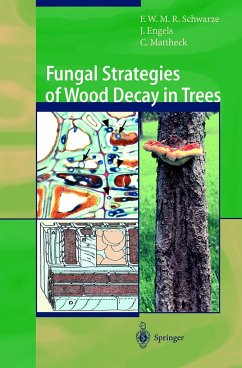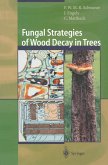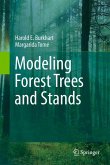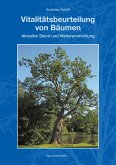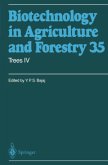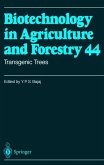Wood-destroying fungi play an important role in nature, because they are the only forms of life capable of reducing wood to its initial constituents. However, they can also be dangerous for people and property, as they can impair the stability and fracture-safety of trees.
This book gives detailed information, based on new and original scientfic findings, on the examination and effects of the most important species of fungi associated with failure of infected urban trees. In addition, new ways are presented for predicting the advance of decay in the living tree. The subject is illustrated and made easily accessible by numerous colored photos of fungus fruit bodies, defect symptoms, and macroscopic and microscopic pictures of wood decay. A detailed introduction to the fundamentals of wood pathology provides a way into the subjects of applied mycology and tree care for readers without previous special knowledge. Francis W.M.R. Schwarze, National Diploma of Arboriculture at Merrist Wood College, UK (1991), Master of Science in Pure, Applied Plant and Fungal Taxonomy, University of Reading, UK (1992), doctorate at Freiburg University (1995), since 1996 assistant at the Institute for Forest Botany and Tree Physiology at Freiburg University, concentrating on research into wood-destroying fungi and host-fungus interactions.
Julia Engels, Diploma Forester at Freiburg University (1995), doctorate on root fungi at Freiburg University (1998). Since 1998 active in tree care and mycology in Luxembourg.
Claus Mattheck, born 1947, doctorate in theoretical physics (1973), qualified as lecturer on damage studies at Karlsruhe University (1985), and now teaches there as Professor. Since 1991 he has been an officially appointed and attested expert on tree mechanics and fracture behaviour. Has been awarded numerous prizes for research and publication. Head of the Biomechanics Department at the Karlsruhe Research Centre.
This book gives detailed information, based on new and original scientfic findings, on the examination and effects of the most important species of fungi associated with failure of infected urban trees. In addition, new ways are presented for predicting the advance of decay in the living tree. The subject is illustrated and made easily accessible by numerous colored photos of fungus fruit bodies, defect symptoms, and macroscopic and microscopic pictures of wood decay. A detailed introduction to the fundamentals of wood pathology provides a way into the subjects of applied mycology and tree care for readers without previous special knowledge. Francis W.M.R. Schwarze, National Diploma of Arboriculture at Merrist Wood College, UK (1991), Master of Science in Pure, Applied Plant and Fungal Taxonomy, University of Reading, UK (1992), doctorate at Freiburg University (1995), since 1996 assistant at the Institute for Forest Botany and Tree Physiology at Freiburg University, concentrating on research into wood-destroying fungi and host-fungus interactions.
Julia Engels, Diploma Forester at Freiburg University (1995), doctorate on root fungi at Freiburg University (1998). Since 1998 active in tree care and mycology in Luxembourg.
Claus Mattheck, born 1947, doctorate in theoretical physics (1973), qualified as lecturer on damage studies at Karlsruhe University (1985), and now teaches there as Professor. Since 1991 he has been an officially appointed and attested expert on tree mechanics and fracture behaviour. Has been awarded numerous prizes for research and publication. Head of the Biomechanics Department at the Karlsruhe Research Centre.
From the reviews
" ... The illustrations are superb, and combine specially-drawn three dimensional interpretative diagrams of wood cellular anatomy with annotated colour micrographs. The science is up to date, with an excellent select bibliography. ... the authors have produced an excellent and innovative book and I would strongly recommend it for individual purchase by all involved in decisions about urban tree preservation, as well as researchers and teachers in mycology and plant pathology." (Mycological Research, UK)
"... The book is extremely well illustrated with 63 figures, many with multiple images and in color. .... this book is a nice compact compendium of selected fungi that invade living tres that would most benefit the arborist seeking to learn a bit more about the fungit that attack shade trees." (Mycopathologia 2001, Vol. 154)
" ... The illustrations are superb, and combine specially-drawn three dimensional interpretative diagrams of wood cellular anatomy with annotated colour micrographs. The science is up to date, with an excellent select bibliography. ... the authors have produced an excellent and innovative book and I would strongly recommend it for individual purchase by all involved in decisions about urban tree preservation, as well as researchers and teachers in mycology and plant pathology." (Mycological Research, UK)
"... The book is extremely well illustrated with 63 figures, many with multiple images and in color. .... this book is a nice compact compendium of selected fungi that invade living tres that would most benefit the arborist seeking to learn a bit more about the fungit that attack shade trees." (Mycopathologia 2001, Vol. 154)

